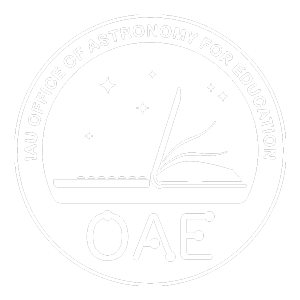Mixed Methods Designs For Astronomy Education Research
TalkAstronomy Education Research
6th Shaw-IAU Workshop
Tuesday Nov. 12, 2024
UTC: 9 a.m. - 9:15 a.m. America/New_York: 4 a.m.- 4:15 a.m.
Thursday Nov. 14, 2024
UTC: 8 p.m. - 8:15 p.m. America/New_York: 3 p.m.- 3:15 p.m.
Mixed methods research designs bring together both quantitative and qualitative components to maximize the strengths and limit the weaknesses inherent to either alone. Research questions addressed by mixed methods can vary widely, and the three most common designs—convergent, exploratory sequential, and explanatory sequential—serve different investigative purposes. Convergent designs typically collect different data types at the same time and allow for a comparison across them. Exploratory sequential uses qualitative methods to get an initial idea of the scope of the problem, which can then lead to more meaningful development of quantitative measures. Explanatory sequential designs incorporate surveys or other quantitative approaches followed by in-depth qualitative data collection to explain features of the quantitative results.
About Janelle Bailey
Dr. Janelle M. Bailey is an associate professor of science education in the Department of Teaching and Learning. Her research focuses on astronomy education and teacher development. This work has been funded by the National Science Foundation and NASA, and has been published in journals such as Science Education and Astronomy Education Review. She teaches courses for science teachers at all levels, as well as research design and methods, including mixed methods, for doctoral students. Dr. Bailey is a past president of the American Association of Physics Teachers and serves as an editorial board member or reviewer for several journals.





